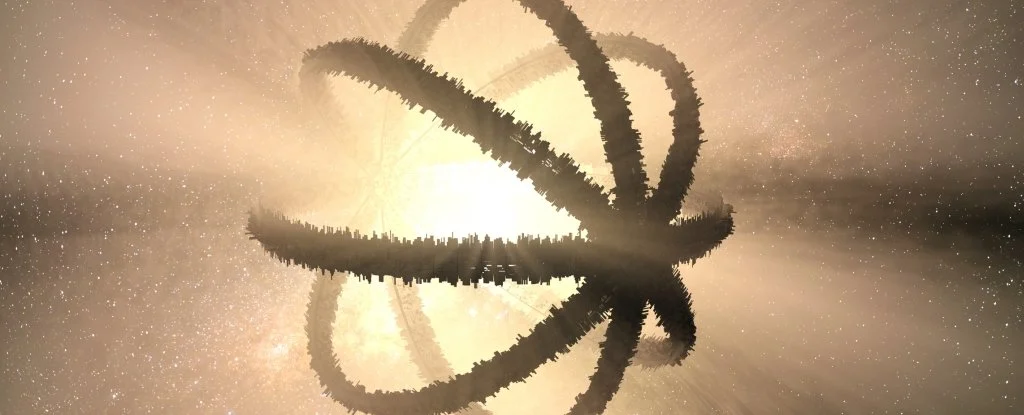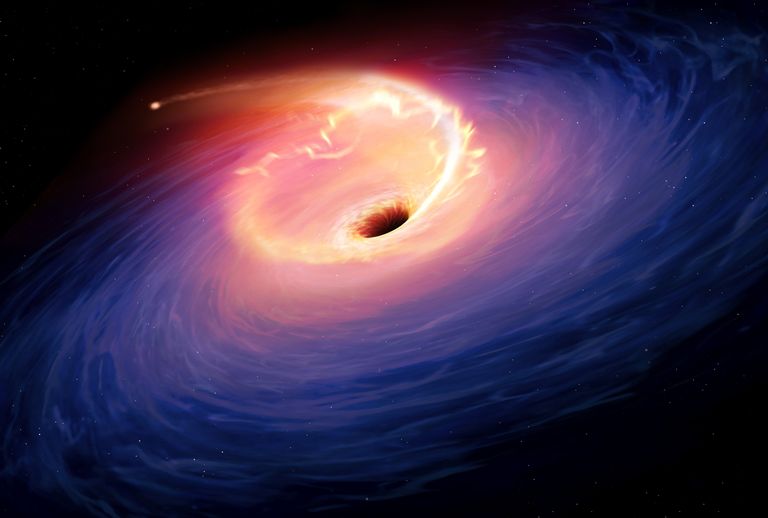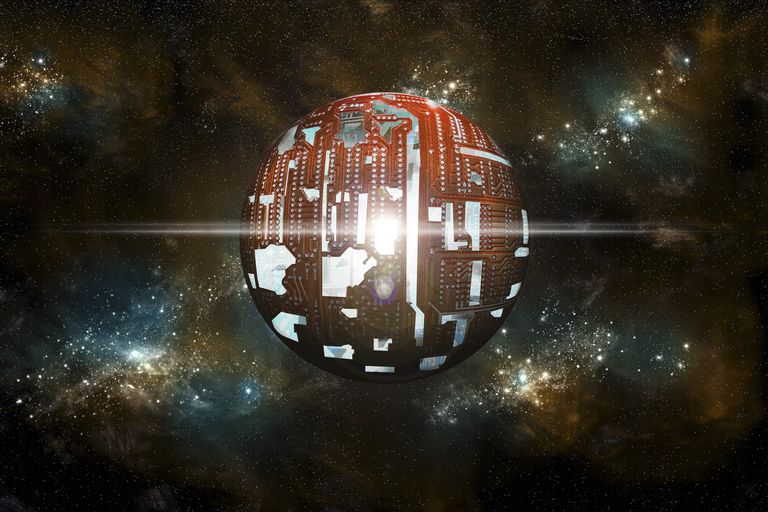For ages, humans have been wondering if they’re alone as technologically advanced species in the universe. Do Aliens exist? What do they look like if they are out there? What technology are they using? And how can we discover it?
In 1960, physicist Freeman Dyson proposed some interesting phenomenon to help humans identify alien civilisations. He suggested that if the energy needs of an extra-terrestrial society exceeded the supply of their planet, a mega-structure known as the “Dyson sphere” would be built around its host star to harness the large-scale power. Dyson’s work suggested that infrared thermal emissions may escape when the Dyson structure collects and transforms stellar energy that could hypothetically give away the presence of these hypothetical structures. If identified, this infrared signature could enable us to live in alien civilizations.

The research team led by astronomer Tiger Yu-Yang Hsiao from Taiwan’s National Tsing Hua University took this hypothesis further. What about a black hole in the Dyson sphere? Would we be in a position to detect this on Earth?
“In this study, we consider an energy source of a well-developed Type II or a Type III civilization. They need a more powerful energy source than their own Sun,” the researchers write in their paper.
“In this paper, we consider and discuss six types of energy sources: the CMB, the Hawking radiation, an accretion disk, Bondi accretion, a corona, and the relativistic jets from two types of black holes: a non-rotating black hole and a rotating black hole,” the researchers explain.

The black holes are known for their powerful gravitational pull that swallows everything that comes in close proximity and doesn’t let it out again. You might question how one could harvest anything from such a monster. But luckily, around a black hole, there are numerous processes from where energy could be harvested.
A number of these processes are discussed in the paper: the accretion disk of material swirling around a black hole, super-heated by friction to up to millions of degrees; Hawking radiation, the theoretical black-body radiation emitted by black holes proposed by Stephen Hawking.
In addition, other parameters that could contribute include spherical accretion, the corona of magnetized plasma between the inner edge of the accretion disk and the event horizon, and the jets launched at relativistic speeds from the poles of active black holes. With the help of black holes models, researchers determined that a sphere of satellites would effectively harvest energy from some of these processes.
“The largest luminosity can be collected from an accretion disk, reaching 100,000 times the luminosity of the Sun, enough to maintain a Type II civilization,” the researchers write.

“Moreover, if a Dyson sphere collects not only the electromagnetic radiation but also other types of energy (e.g., kinetic energy) from the jets, the total collected energy would be approximately five times larger.”
According to the researchers, Hotter Dyson Spheres are visible through the ultraviolet range, and cooler Dyson spheres are visible through infrared, and it is in line with what Dyson suggested. But detecting it can be an ardent task as the black holes already emit much radiation in both these wavelength ranges.
Changes in the light being emitted out of a black hole may be one factor that might help in locating these hypothetical structures as the effect of gravity on black holes is negligible, suggested the team of researchers.
The research has been published in the Monthly Notices of the Royal Astronomical Society.


